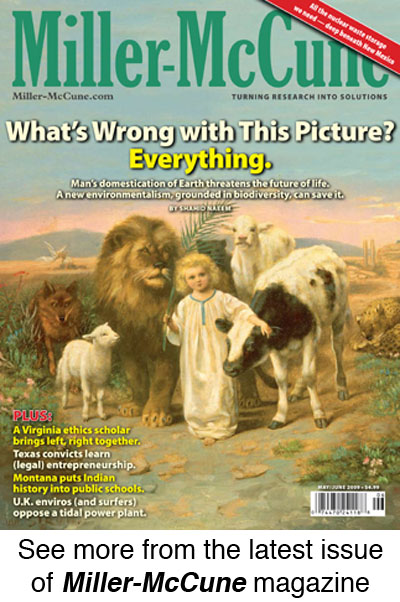The classic detective game of CLUE™ has taught the world many things — that a candlestick is a deadly weapon, for one — but this might be taking things a bit far: Duke University engineers, writing in the journal IEEE Transactions on Systems, Man and Cybernetics, say the game can teach robots how to navigate minefields and find hidden explosives. (Put a picture of that on the box cover, Hasbro.)
“One night we were playing CLUE™ at the kitchen table, and it struck me,” said Sylvia Ferrari, director of Duke’s Laboratory for Intelligent Systems and Controls, in a press release announcing the study. “In the game of CLUE™, you can’t visit all the rooms by the end of the game, so you need to come up with a way to minimize the amount of movement but maximize the ability to reach your targets. When searching for mines, you want the robot to spend as little time as possible on the ground and maximize its information reward function.”

Since that brainstorm three years ago, Ferrari and her colleagues at Duke have worked to develop a new algorithm that represented the information-gathering aspects of both CLUE™ and minesweeping; researchers in artificial intelligence call these types of scenarios “treasure hunts.”
The team then tested the algorithm against experienced CLUE™ players (shades of Kasparov vs. Deep Blue or maybe, in this case, Deep Mustard) and found that using the new algorithm led to runaway winning percentages against various kinds of human and artificial
intelligence strategies.
“We can conclude that success achieved by players utilizing the new algorithm was due to its strategy of selecting movements and optimizing its ability to incorporate new information, while minimizing the distance traveled by the pawn,” Ferrari said.
In other words: It was the robot, in the library, with the minesweeper.
A Question We’ve All Been Dying to Ask
The paper “Does anal gland scent signal identity in the spotted hyaena?” appeared in the January edition of the journal Animal Behaviour.
(The answer: You betcha.)
The Dark Side of Super Mario
Nerds, put down that joystick and pick up the phone. Brigham Young University researchers have found that young adults who play a lot of video games are likely to develop poorer relationships with friends and family. It’s shocking news, we know.
The study, published in the Journal of Youth and Adolescence, collected information from more than 800 college students nationwide who reported how often they play video games and answered a host of questions about the quality of their relationships (in the real world, that is, not amongst their fellow guild members on the planet Azeroth). Unsurprisingly, the study found a sizable gender gap in the video game-playing population. Nearly three-fourths of college-age men in the study reported playing video games regularly. In contrast, only 17 percent of their female counterparts (or “women,” as they are sometimes known) said they played more than once a month.
As BYU’s Alex Jensen, one of the study’s co-authors, so delicately put it: “The gender imbalance begs the question of whether chasing a new high score beats spending quality time with a girlfriend or wife.”
Yes, it does. It does indeed.
And Finally, The Last Word
“There’s the type that just gives you the creeps, you know what I mean? You can usually sense it straight away. I once had this man who booked in on his own and later on that night brought a girl back with him. And she wasn’t his daughter if you get my meaning. … But she looked quite young anyhow. Look, we’ve a reputation to uphold. What kind of place do they think this is? I’m not some kind of madam or whatever. It’s a respectable business and not (interviewee emphasis) a house of ill repute, you know.” — Female, sole proprietor, as quoted in the paper “It’s a guesthouse not a brothel’: Policing sex in the home-workplace” by MariaLaura Di Domenico and Peter Fleming in the journal Human Relations.


